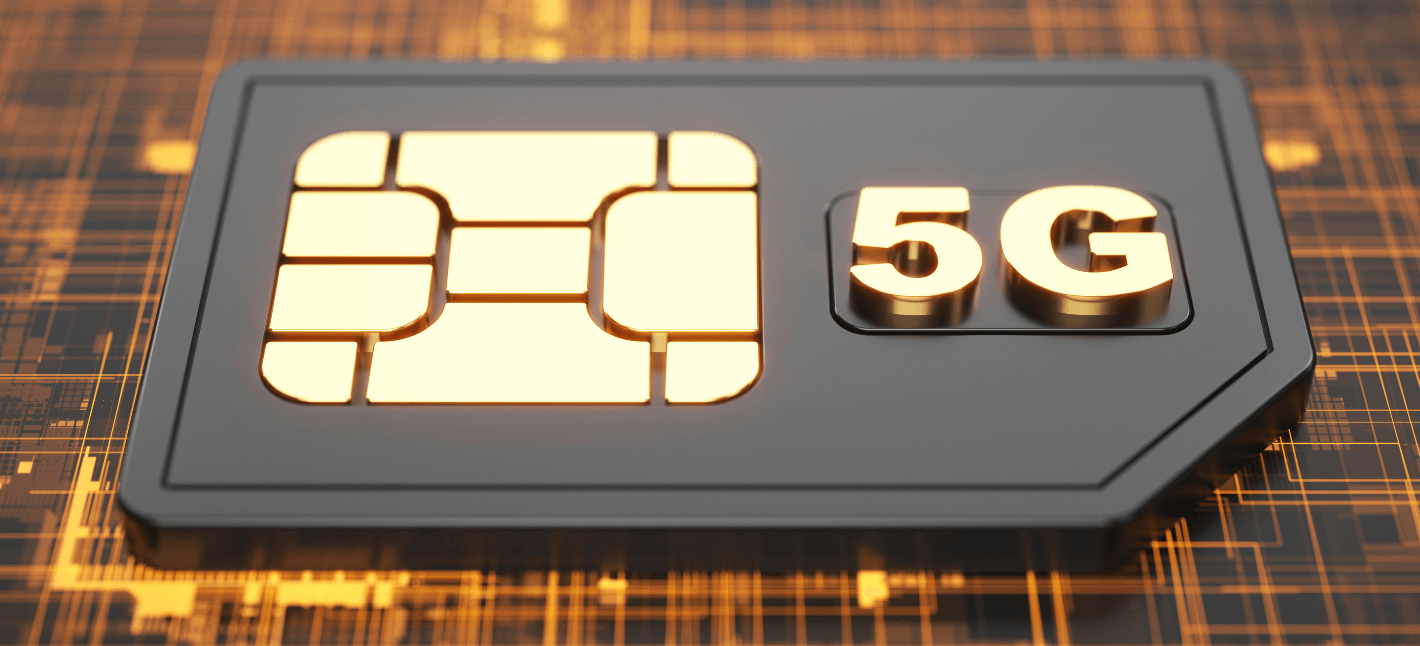IoT Connectivity Provider Basics of Global IoT Connectivity
IoT Connectivity Policy Options for Choosing IoT Connectivity

The rapid evolution of the Internet of Things (IoT) has led to an elevated concentrate on connectivity options for gadgets, allowing them to speak and relay information effectively. As companies and industries incorporate IoT solutions to improve effectivity and increase processes, understanding the differences between cellular and non-cellular IoT connectivity becomes important.
Cellular connectivity utilizes existing cellular networks to attach devices, allowing for information transmission over wide geographical areas. This know-how is well-established, supported by many years of infrastructure growth, and has the advantage of offering customers sturdy protection and reliable communication. Devices outfitted with cellular expertise can faucet into the 2G, 3G, 4G, and the emerging 5G networks, providing high-speed data transfer capabilities.
Non-cellular IoT connectivity provides various communication methods that do not depend on cell networks. These alternatives can include Wi-Fi, Bluetooth, Zigbee, LoRaWAN, and different specialized protocols designed for particular use instances. This class often targets short-range functions, similar to residence automation or localized sensor networks, the place broad mobile protection is probably not essential.
Connectivity Of IoT Management of IoT Connectivity
The selection between cellular and non-cellular connectivity primarily hinges on the specific requirements of the appliance. For instance, cellular networks are sometimes most well-liked for property which are cell, roaming between completely different geographic areas, or require real-time knowledge communication. This makes cellular connectivity ideal for purposes similar to vehicle tracking and smart transportation methods, where devices frequently transition between completely different network zones.
In contrast, non-cellular connectivity tends to be favored in environments the place gadgets exist stationary and communication doesn't require in depth coverage. For example, inside a wise constructing, multiple IoT sensors can communicate over Wi-Fi or Zigbee, effectively sending information on energy usage, occupancy, or environmental situations while not having the expansive attain of cellular networks.
IoT Connectivity Control Consolidation of IoT Connectivity
Another pivotal consideration is price. Cellular connectivity can entail greater costs for information plans, particularly for high-data-use applications. Depending on the amount of data transmitted, organizations should think about the long-term prices coherently. Conversely, non-cellular solutions usually contain decrease operating bills since many units can talk over personal networks with out incurring monthly charges.
In terms of energy consumption, non-cellular technologies frequently stand out. Many low-power protocols, corresponding to LoRaWAN, have been specifically designed to reduce energy usage, extending the battery lifetime of connected units significantly. This is significant for functions corresponding to environmental monitoring or agricultural sensors, where maintenance have to be rare.
IoT Connectivity Service Providers Exploring the World of IoT Connectivity
Security is one other essential factor influencing the selection of connectivity kind. Cellular networks profit from established security protocols and encryption methods, which might cut back vulnerability to attacks. Non-cellular solutions, whereas providing flexibility and decrease costs, can present more diversified safety challenges, requiring careful implementation of encryption and security measures to protect consumer information and gadget integrity.
Latency is a critical aspect impacting performance in IoT purposes. Cellular networks, significantly with the developments seen in 5G, provide low-latency communication ideal for real-time purposes. This is paramount for sectors similar to telemedicine or autonomous autos, the place delays in information transmission can lead to severe penalties. Non-cellular technologies can introduce greater latency, making them much less appropriate for tasks demanding real-time interaction.

The scalability of IoT methods also displays the variations between the 2 types of connectivity. Cellular networks already accommodate tens of millions of gadgets, as a end result of they're built with a broad person base in mind. This makes them an attractive possibility for large-scale deployments requiring widespread coverage. Non-cellular options, notably these working on local networks, can face hurdles concerning scalability, especially when quite a few units must be coordinated.
Environmental situations and physical limitations can heavily affect the effectiveness of connectivity options. Cellular indicators can penetrate buildings and transmit over longer distances, making them versatile in various settings. Conversely, non-cellular technologies, whereas potentially restricted in range, can make the most of mesh networking capabilities, permitting units to relay data via each other, extending the effective communication space - Aws IoT Connectivity.
IoT Connectivity Companies Connectivity Standards Alliance for IoT
In practical phrases, many fashionable IoT methods undertake a hybrid strategy, using both cellular and non-cellular connectivity depending on specific requirements. Such a strategy allows customers to learn from the strengths of each techniques whereas mitigating their weaknesses. For instance, a sensible city may deploy cellular sensors for traffic administration whereas utilizing Wi-Fi for native environmental monitoring stations.
The future of IoT connectivity rests in improved technologies that may continue to bridge the gap between cellular and non-cellular options. Advancements in edge computing could enable units to process data locally, lowering the necessity for fixed connectivity. Increased collaboration between various kinds of networks, corresponding to integrating cellular backhaul with native area networking, can lead to innovative options for numerous industries.

Ultimately, deciding between cellular and non-cellular IoT connectivity necessitates a complete evaluation of the particular use case. Factors like coverage, value, energy consumption, latency, and security must all be weighed to pick an applicable connectivity answer.
The evolution of IoT signifies an exciting future, where the combination of cellular and non-cellular technologies can create a more related world. As industries proceed to innovate while integrating IoT systems, the flexibility and flexibility offered by a mixture of those connectivity choices will pave the way in which for extra environment friendly and responsive options.
IoT Connectivity Security Connectivity Standards Alliance for IoT
Through understanding the distinctions between cellular and non-cellular IoT connectivity, stakeholders can strategically deploy options that meet their particular wants, markedly bettering the efficacy of IoT functions in real-world contexts.
- Cellular IoT connectivity makes use of established cell networks for seamless information transmission, providing widespread protection and reliability.
- Non-cellular IoT, corresponding to LoRaWAN or Sigfox, usually operates on low-power radio frequencies, making it perfect for rural or hard-to-reach areas the place cellular companies may be restricted.
- Cellular networks assist excessive bandwidth purposes, enabling real-time knowledge switch, which is crucial for sectors like telemedicine or autonomous automobiles.
- Non-cellular solutions sometimes consume less power, allowing devices to have longer battery life, which is advantageous in environments where frequent maintenance is impractical.
- Cellular IoT gadgets could require a subscription-based information plan, resulting in larger ongoing prices compared to non-cellular techniques that could be inexpensive to operate.
- Non-cellular IoT technologies typically provide higher scalability for large-scale deployments, as they'll connect 1000's of units without overwhelming a single network node.
- Cellular connections have a tendency to supply extra strong security protocols, critical in industries requiring stringent information safety measures, similar to finance or healthcare.
- The latency in non-cellular networks could also be higher, making them much less appropriate for applications where well timed knowledge processing is important, such as industrial automation.
- Geographic availability can restrict non-cellular IoT deployment in city areas, whereas cellular infrastructure is typically extra developed and accessible.
- Non-cellular choices may introduce complexities in gadget integration and administration, while cellular technologies profit from a extra homogenized ecosystem supported by major telecom suppliers.undefinedWhat is the primary difference between cellular and non-cellular IoT connectivity?
Cellular IoT connectivity makes use of cellular networks (like 4G and 5G) for communication, while non-cellular choices rely on alternative strategies such as visit this site Wi-Fi, LoRaWAN, or satellite tv for pc. The selection affects coverage, energy consumption, and information transmission capabilities.
Connectivity Technologies In IoT Growth of Connected IoT Devices
How does protection differ between cellular and non-cellular IoT options?
Cellular IoT has extensive protection, particularly in city areas, benefiting from established mobile networks. Non-cellular options may have restricted range depending on the expertise; for example, Wi-Fi protection is confined to the range of a router, whereas satellite can provide global attain.
What are the prices associated with cellular versus non-cellular IoT connectivity?
Wireless IoT Connectivity Market for IoT Connectivity Management Platforms
Cellular IoT sometimes incurs month-to-month data fees tied to a cellular plan. Non-cellular options might have lower ongoing prices however could require more vital upfront investments in hardware or infrastructure, affecting the general finances depending on the application.
Which choice presents higher energy efficiency for IoT devices?
Non-cellular IoT connections, similar to LoRaWAN, are usually extra power-efficient, permitting gadgets to function for prolonged periods on battery (IoT Connectivity Service Providers). Cellular IoT may devour extra power, particularly throughout excessive knowledge transmissions, but newer technologies like NB-IoT goal to enhance efficiency.
What kinds of applications are finest fitted to each connectivity type?
IoT Connectivity Policy Reviews of Managed IoT Connectivity Services
Cellular IoT is ideal for functions requiring mobility or in depth geographic protection, like fleet tracking. Non-cellular solutions excel in eventualities where low information transmission and low power consumption are priorities, such as smart agriculture or distant sensors.
How secure are cellular and non-cellular IoT connections?
Cellular networks typically have built-in security measures, together with encryption and authentication, benefiting from regulatory oversight. Non-cellular connections can vary in safety based on the precise technology used, necessitating cautious consideration for critical purposes.
IoT Global Connectivity Definition of IoT Connectivity
What are the latency variations between cellular and non-cellular IoT connectivity?
Cellular IoT typically provides decrease latency, making it appropriate for real-time applications. Non-cellular choices would possibly experience greater latency, particularly in networks that depend on longer-distance transmissions or less optimized protocols.
Can I change from cellular to non-cellular connections in an present IoT application?
Internet Connectivity Principles In IoT Securing IoT Connectivity Solutions
Switching is possible however requires careful evaluation of the application's go right here wants. Strategies should be developed to address differences in coverage, power, knowledge charges, and general structure to make sure the IoT resolution stays efficient - IoT Connectivity Solutions.
What factors ought to I think about when choosing between cellular and non-cellular IoT connectivity?

Consider protection space, data necessities, energy constraints, device mobility, security needs, and finances. Each utility's unique requirements will assist decide the most suitable connectivity answer for optimum efficiency.